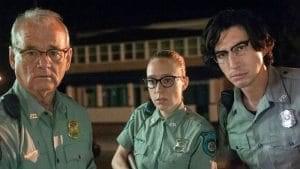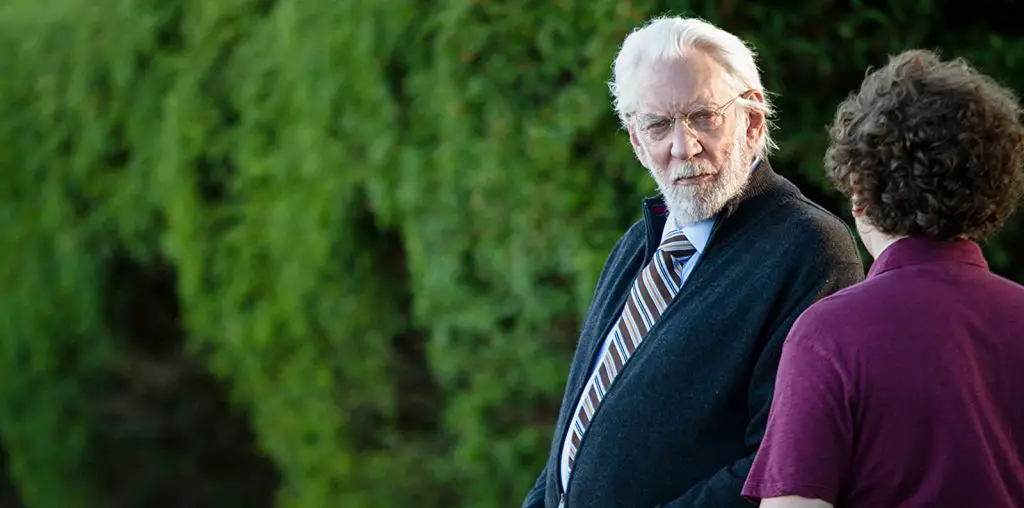
There are three essential elements to every successful film release campaign: a trailer, a logline, and a poster. These are the items that any potential viewer will have at their disposal prior to making a decision about what to watch.
Consider the typical order of events that a viewer will most likely follow when deciding what to watch on a standard streaming platform:
1. They open the platform app and start browsing movie posters. Maybe they know exactly what they’re looking for or maybe they want to find something new. Even if they already have a film in mind, you could still catch their eye with your poster, which is the first thing that represents your film to a potential viewer. This is even more important if they’re looking for something new. Your poster is your portal to the viewer.
2. Now that they’ve clicked on your poster, the next thing they’ll see is your logline or short synopsis. Take some time and write a good one. Here’s how. If you’re marketing team has done their job, your potential viewer will move on to the final stage in their decision-making process: your trailer!
3. They watch your trailer and decide to purchase your film. Or not.

To help get your potential viewer to become a paying viewer, you should consider the following five suggestions when assembling your film’s trailer.
1. Use their imagination.
This is especially key if your film is a thriller, sci-fi, or horror film. Instead of pulling back the curtain completely, give them a taste of what’s in store and then leave them wanting more. When you let the audience fill in the blanks, they can let their imaginations run wild. And likely scare themselves silly.
2. Go out with a bang.
When it comes to trailers, you should always try to stick the landing. A trailer that ends on a high note (or a sinister one) is going to be memorable and engaging. If someone is seeing it ahead of the release, it might make them more likely to share it. If they’re watching it on a VOD platform, you’ve vastly increased your chances of them purchasing your film. If you’ve got a signature moment, a great cliffhanger, or a funny stand-alone joke, you should consider using it at the end of your trailer as a hook to pull your audience deeper into the story. Not only does it make you want to watch the trailer again, it also leaves you anticipating the release even more.
3. Scatter the bread crumbs.
This tactic works well for dramas and comedies (though could still be applied to genre films). You’ve got a great story with a structure that can’t be beat, but you don’t want to let the cat out of the bag yet. Instead, you want to pick some key moments and present them in an interesting (though not chronological) way. When this is mishandled, your audience is left feeling that they pretty much know everything that happens in the film. This is not a good thing. To avoid this pitfall, build your trailer around tantalizing plot developments, but refrain from revealing too much.
4. Highlight a standout performance.
If your film has a big star or an incredible performance from one of your leads, put that front and center in your trailer. It’s a great way to draw people into a story while also highlighting one of the key selling points of your film.
5. Give them what they want.
When you know you have a hit on your hands, there is no shame in making an exuberant trailer that presents the primary selling points of the film writ large. Even if you haven’t seen any of the preceding films, the new Star Wars trailer is a whole lot of fun, while also hitting all the notes die-hard fans expect.
Cutting a good trailer isn’t easy. Hopefully, you’ll outsource it to a third-party. Ideally, someone who edits trailers for a living and wasn’t involved in the production. You’ll be surprised what a fresh set of eyes can bring to your trailer. You’ve been living with your film for a while now (maybe years) and have likely grown fond of certain moments. Unfortunately, those moments aren’t always the best ones for your trailer and an experienced editor can help you see that.
Bonus: The Exception That Proves These Rules.
If you want to see what NOT to do with your trailer, look no further than the jaw-droppingly awful trailer for the jaw-droppingly tone deaf movie Loqueesha. Not only does it leave nothing to the imagination, but it also lays out more plot points than a beat sheet. It’s not remotely funny and the performances it highlights are cringeworthy, at best. See for yourself if you must, but don’t say we didn’t warn you.
If you have any favorite trailers that either support (or contradict) these tips, please share them in the comments!
Smarthouse Creative is a marketing agency for independent filmmakers. Whether you’re looking for an overall marketing strategy that marries advertising, social media, and publicity, or just a stand-alone digital ad, social media, or PR plan for your indie film, we can help.

